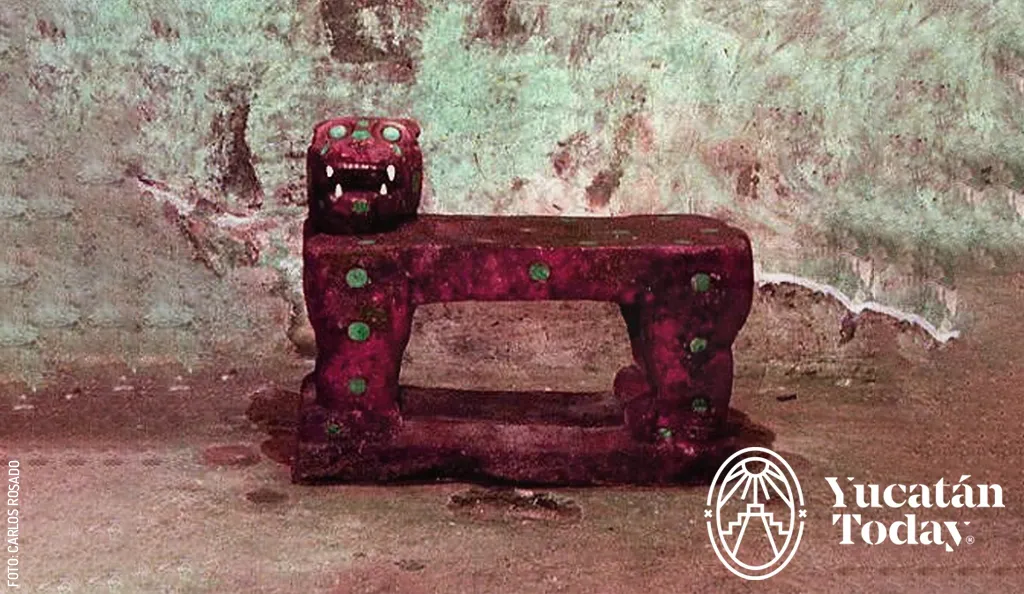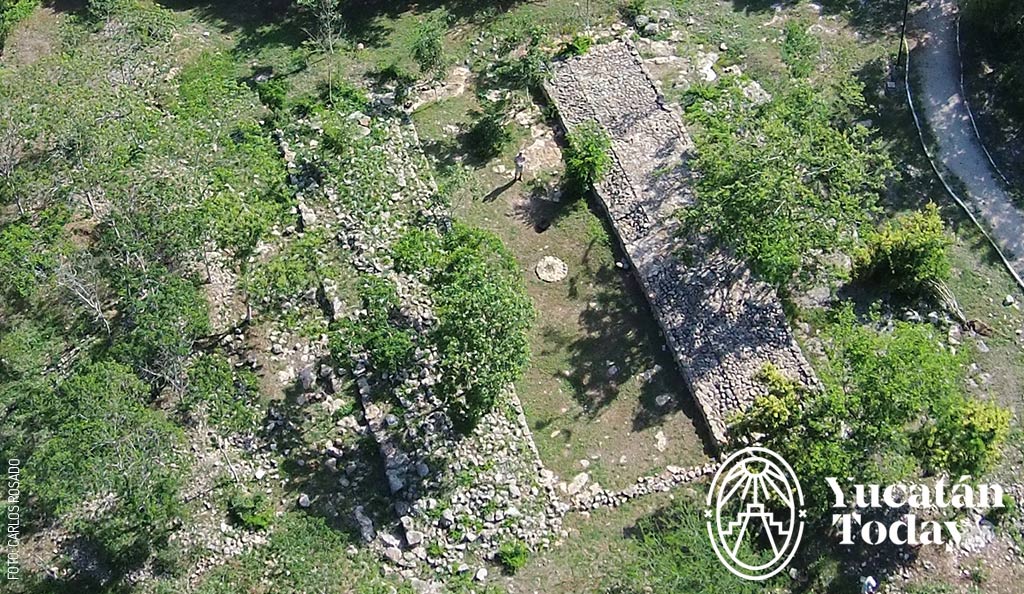Known in Yucatán as Pok ta Pok, the Mesoamerican ball game is a ritual sport played since at least 1650 BC by pre-Columbian peoples across the Americas. In fact, Mesoamerican ball courts have been found as far north as Arizona and as far south as Nicaragua.
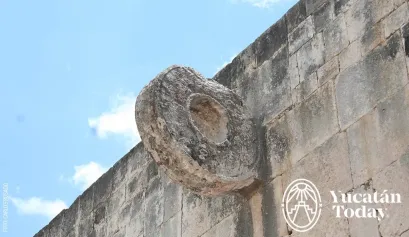 The ritual ceremony is widely believed to have been metaphorical for the constant battle between the forces of good and evil, as well as the cycle of life and death.
The ritual ceremony is widely believed to have been metaphorical for the constant battle between the forces of good and evil, as well as the cycle of life and death.
Because the size of ball courts varies enormously across time and region, as the rules of the “game” likely did, it is difficult to paint this important ceremony with too broad a brush.
That being said, it's generally accepted that during the “game” players struck the ball with their hips through an elevated stone hoop. However, some versions allowed the use of forearms, rackets, or bats. The ball was made of solid rubber and weighed as much as 4 kilograms or 9 pounds.
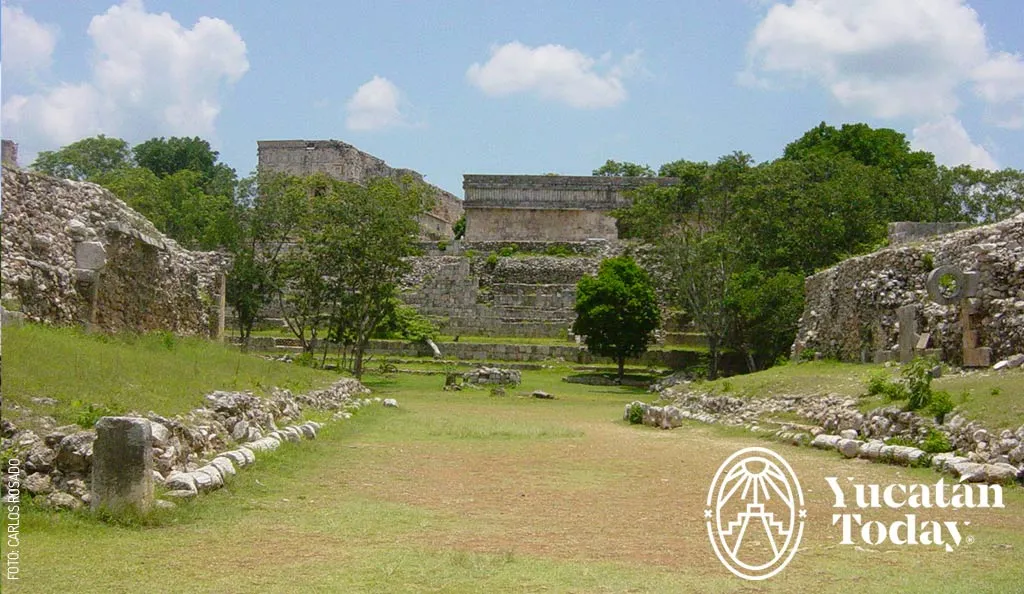 Surviving artworks depicting Pok ta Pok players suggest that the outfit consisted of a loincloth, sometimes including leather hip guards. Some sources also suggest that knee pads and wrist guards may also have been used, which makes sense when you consider the weight and force needed to strike the ball.
Surviving artworks depicting Pok ta Pok players suggest that the outfit consisted of a loincloth, sometimes including leather hip guards. Some sources also suggest that knee pads and wrist guards may also have been used, which makes sense when you consider the weight and force needed to strike the ball.
By the second century, archaeological evidence for the game appears throughout much of Mesoamerica, including the Yucatán Peninsula. Some of the most impressive ballcourts found in Yucatán include examples in the ancient cities of Uxmal, Ek Balam, and, the grandest and most famous of all, the Great Ball Court of Chichén Itzá.
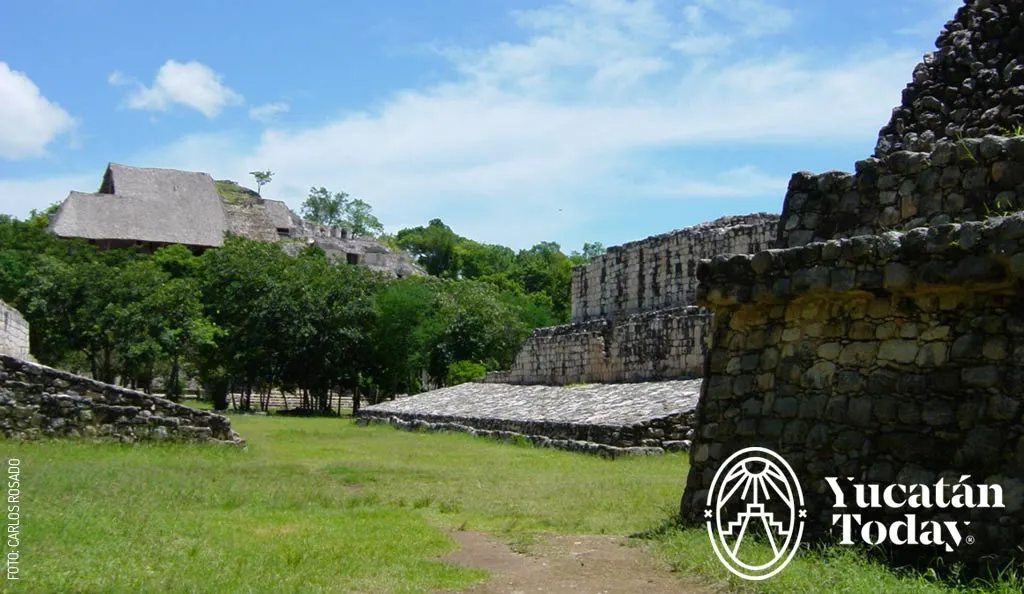 But you don't even have to leave Mérida’s city limits to spot an example of a Mesoamerican ball court, as a fantastic example can be seen in Xanilá park, in Ciudad Caucel.
But you don't even have to leave Mérida’s city limits to spot an example of a Mesoamerican ball court, as a fantastic example can be seen in Xanilá park, in Ciudad Caucel.
The role of Pok ta Pok in ancient Maya society on the Yucatán Peninsula appears to have been mostly ceremonial. However, it is also believed that, on occasion, the ceremony was used as a form of proxy war between competing nobles and persons captured in battle.
There even seem to be reasons to believe that the ceremony was on occasion even played by children as a form of recreation.
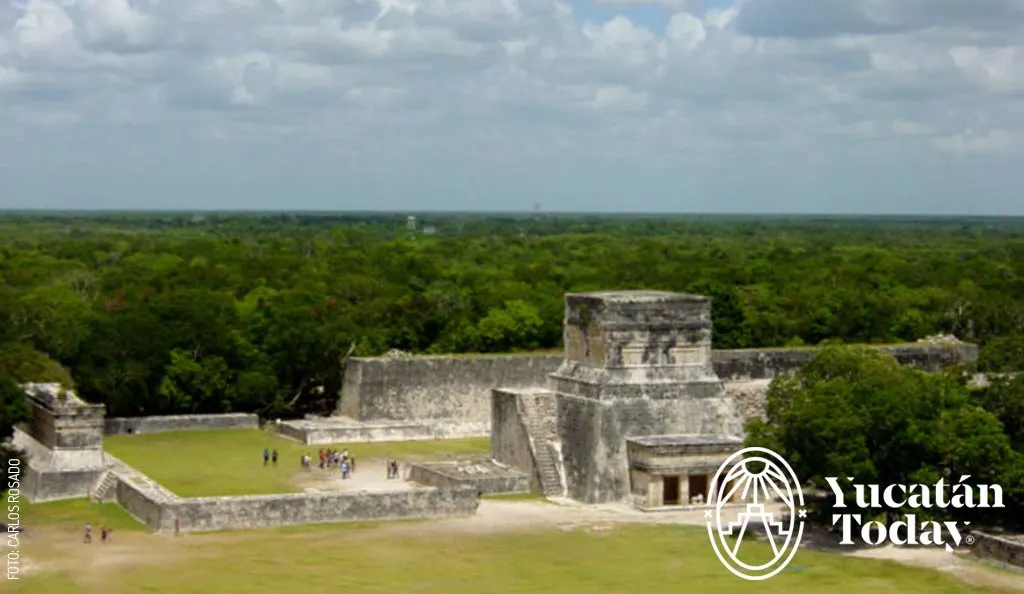 Without a doubt, the darkest element associated with Pok ta Pok is human sacrifice. Much ink has been spilled debating the exact nature of this practice. In the case of the Great Ball Court at Chichén Itzá, detailed stone reliefs depict the beheading of individuals who appear to be the captains of defeated teams. However, it is unlikely that every, or even most, matches would end in such a manner.
Without a doubt, the darkest element associated with Pok ta Pok is human sacrifice. Much ink has been spilled debating the exact nature of this practice. In the case of the Great Ball Court at Chichén Itzá, detailed stone reliefs depict the beheading of individuals who appear to be the captains of defeated teams. However, it is unlikely that every, or even most, matches would end in such a manner.
Reenactments of the Maya Pok ta Pok ceremony can be observed for free on Saturdays at 8 pm in front of Mérida's Cathedral, adjacent to the Plaza Grande.
First published in Yucatán Today print and digital magazine no. 412, in April 2022.

Author: Carlos Rosado van der Gracht
Coming from a Mexican/Canadian family, Carlos Rosado van der Gracht is an adventure travel guide, blogger, and photographer with studies in Multimedia, Philosophy, and Translation.
¡Receive the latest articles and much more from the best of Yucatán in your email!
Related articles
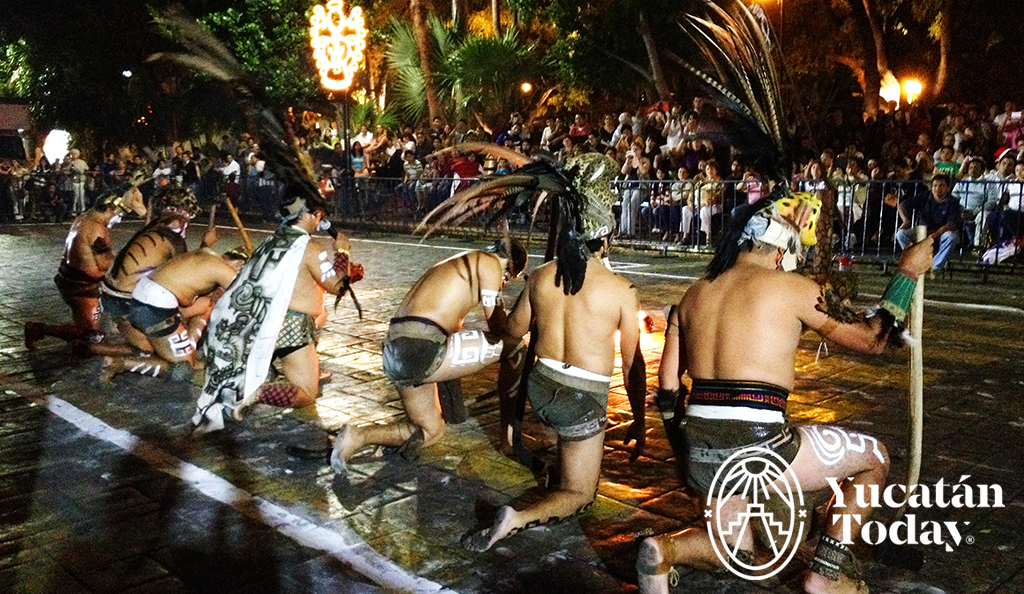
Millennial Pok Ta Pok
Discover Pok Ta Pok, the ancient Maya ball game. Witness this sacred, pre-Columbian ritual of honor, gods, and warriors. Free show in Mérida!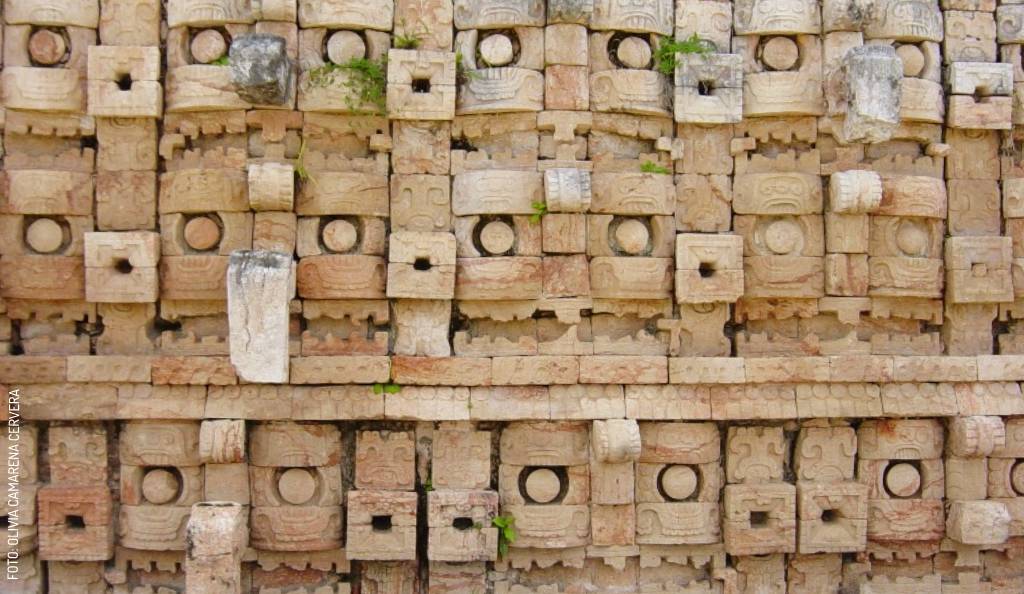
The Many Styles of Maya Architecture
Maya architecture shares features that include the use of corbelled archways, monumental stairway, and richly decorated exteriors.